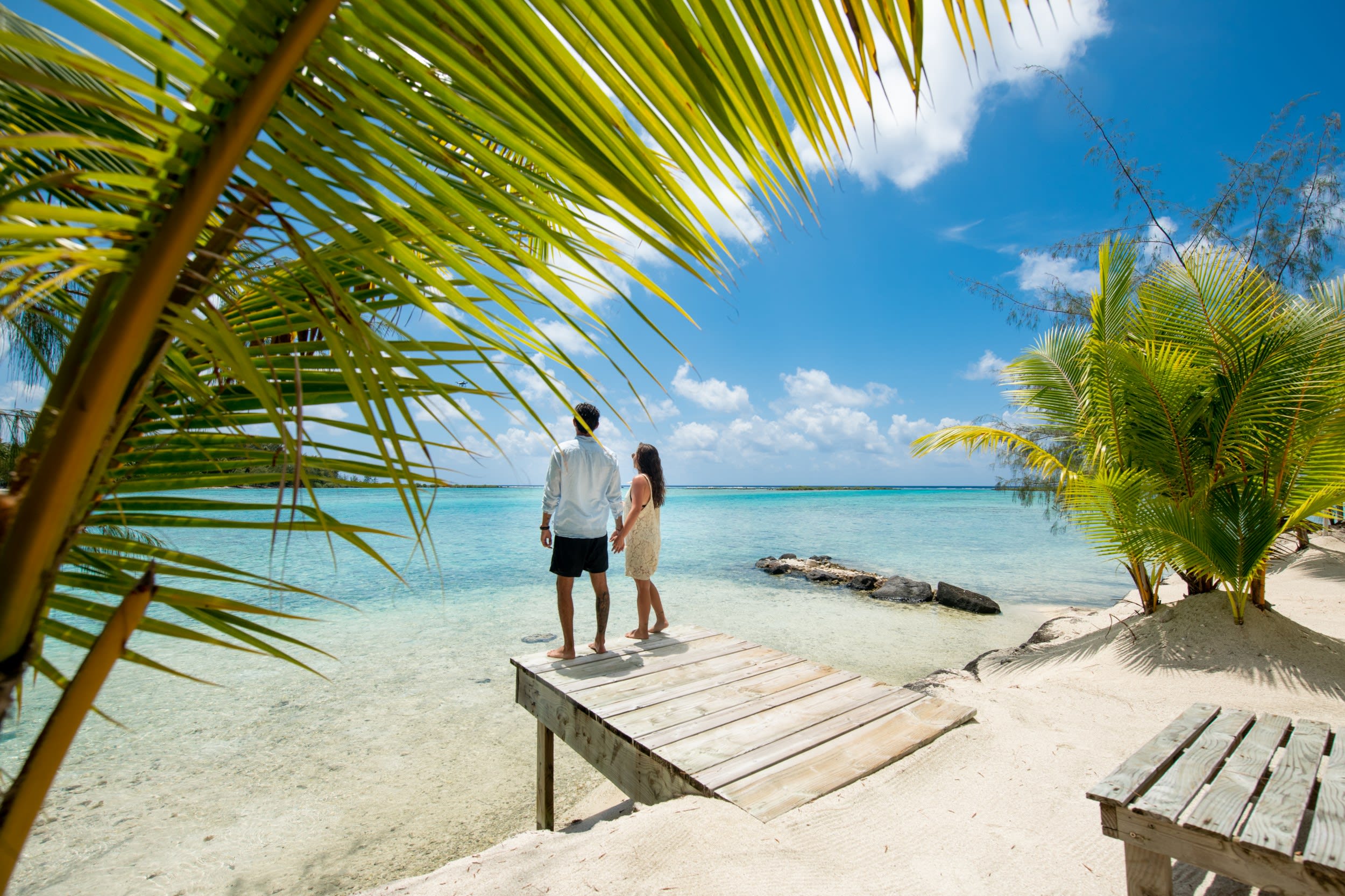
Honeymoon in Bora Bora - Romantic guide
As you prepare for your honeymoon in Bora Bora, this romantic guide contains all the information you need for a successful honeymoon!
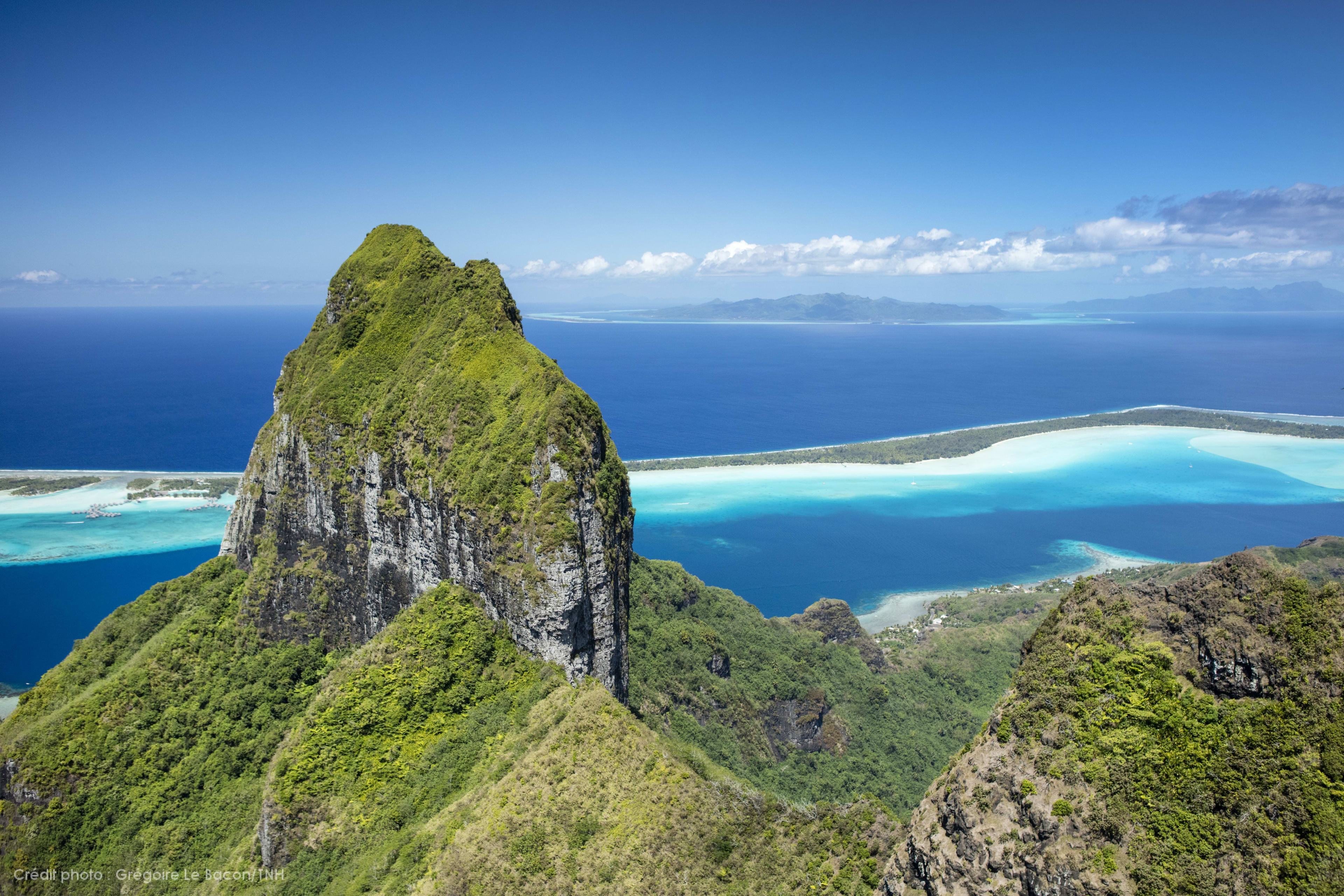
You've no doubt already thought about escaping to a Polynesian island in the middle of winter to escape the cold, or even in the middle of summer to make sure you get some sun for your well-deserved holiday. But when to go to French Polynesia to enjoy a holiday that's just right for you?
In the South Pacific, forget spring, autumn and winter: here, summer weather reigns throughout the year, with 2 distinct seasons: the dry season and the wet season. As the name suggests, the wet season is when you can expect rain, unlike the dry season. So you might think it's best to go to French Polynesia during the dry season, but that's not necessarily the case!
Depending on the purpose of your trip, find out which time of year is best for you to make the most of French Polynesia and its islands. There is only a slight difference between some of the Polynesian archipelagos, with the dry season running from April to October for the Society Islands and the Tuamotus, from May to November for the Australs and the Gambier archipelago, and from August to December for the Marquesas Islands.
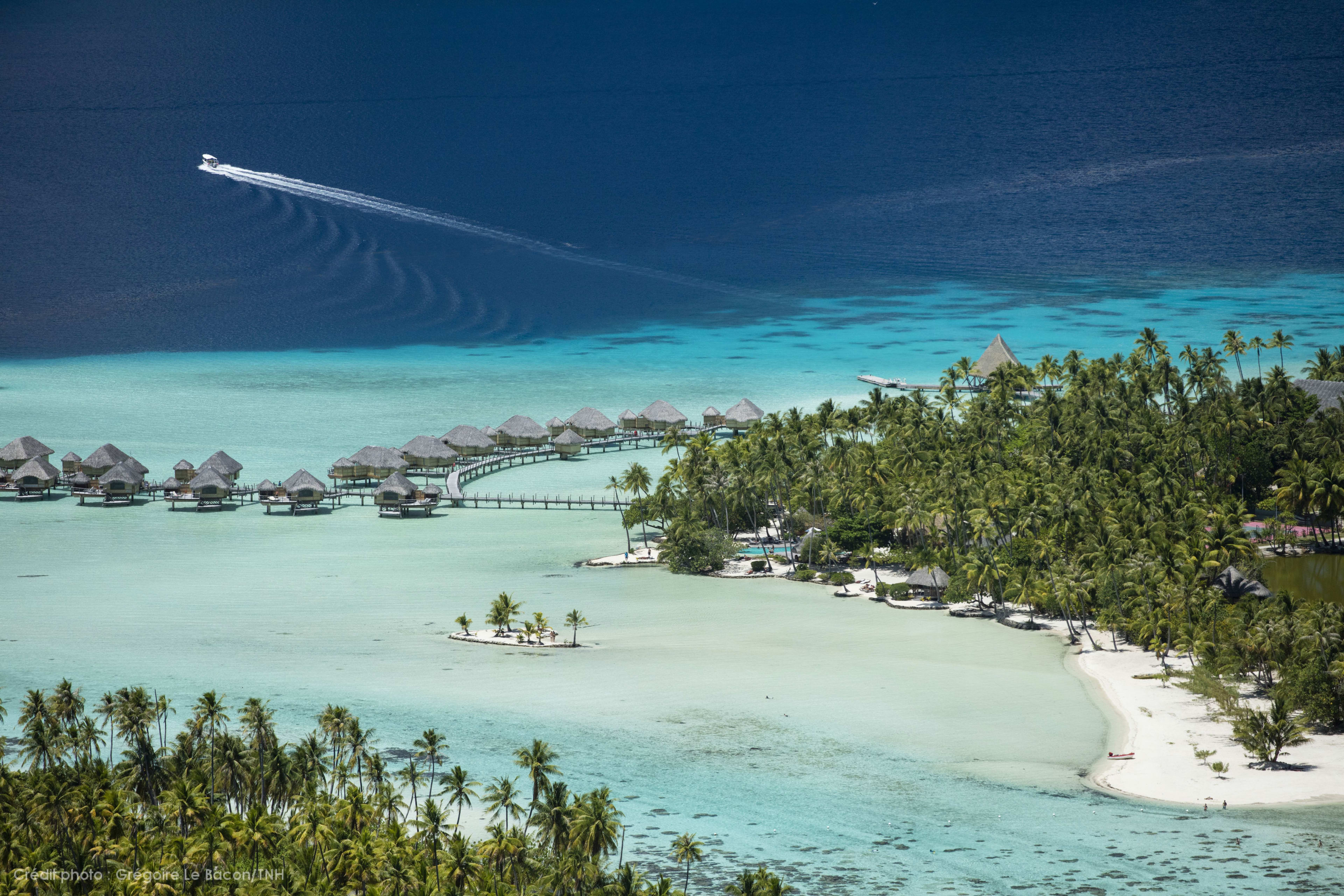
Between us, who doesn't decide to go to French Polynesia to enjoy its incredible beaches of fine sand bordered by breathtaking turquoise water? And even if that's not the main aim of your trip, there's a good chance you'll still take the time to relax on a deckchair or beach towel, because it would be a shame to miss out!
Basking in the sun is one of the main activities in Polynesia, whatever the month of the year. Even in the wet season, there are always sunny moments when you can go to the beach and cool off with a dip in the lagoon, as the outside temperatures are a little warmer than in the dry season. So there are no best dates, although it's always best to make sure there are several rain-free days when you want to sunbathe.
If there's one thing that does the wet season, also known as the season of plenty, justice, it's the lush green nature of the islands, which is delighted to flourish thanks to the rain. It's also the time of year when fruit and vegetables are at their peak, making it ideal for sampling the local produce. So if you're a nature lover, you won't be disappointed if you go to French Polynesia between December and April! Note that, if you love hiking, the wet season can unfortunately lead to the closure of certain trails that have become too muddy or dangerous due to heavy rain, as is the case everywhere else.
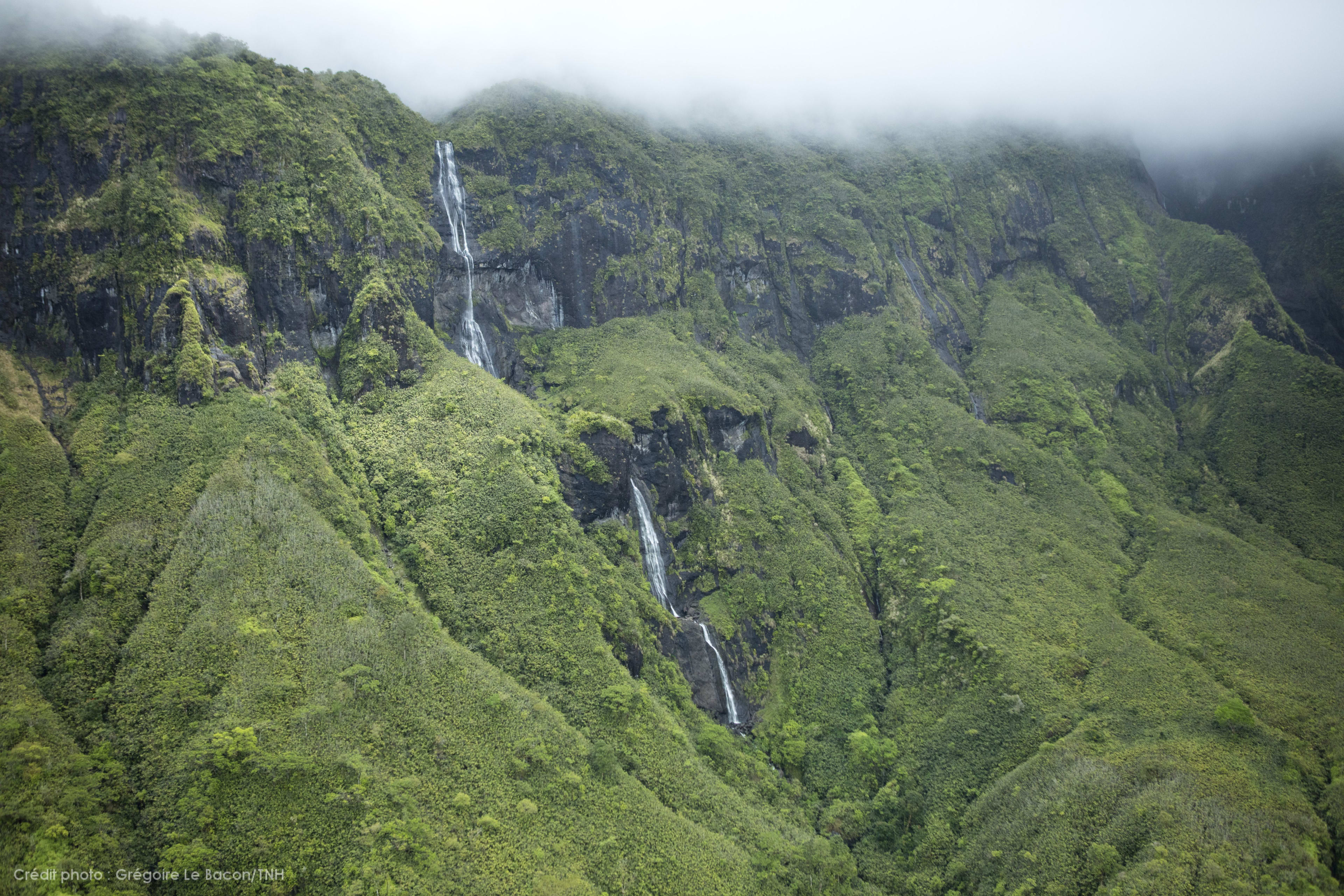
The Polynesian archipelagos are also very popular for 2 outdoor activities in particular: scuba diving and whale watching in season. The waters of the South Pacific enjoy warm temperatures all year round, both offshore and in the lagoons, and are home to a rich underwater fauna and flora recognised the world over. With a multitude of species of tropical fish and coral, different types of rays including stingrays and manta rays, turtles, as well as sharks (blacktip sharks, lemon sharks, hammerhead sharks, grey sharks, etc.), there is so much to see underwater that diving in French Polynesia is a must!
However, humpback whales are only present in Polynesian waters from July to November, forcing anyone wishing to admire them to leave during this period.Whale watching in French Polynesia is ultimately the only outdoor experience restricted to a few months, as all the other activities on offer there can be enjoyed at any time of year!
If your stay in French Polynesia has no specific purpose, but you'd like to be careful with your spending, there are certain months to look out for so that you don't have to pay too much for your plane ticket or accommodation there. To do this, it's best to avoid the dry season, especially the height of summer from June to August! This is the time when the archipelagos receive the most tourists, like many other destinations around the world, and therefore the time when airlines and hoteliers like to increase their prices.
To save as much as possible on the biggest expense of your trip of a lifetime, it's best to choose to go to French Polynesia between the end of October and the beginning of December, or between January and March, the slowest period. Admittedly, you'll be a little warmer than in the dry season and more likely to have rainy days, but that's just a small trade-off that won't spoil your happiness at setting foot in paradise on Earth!
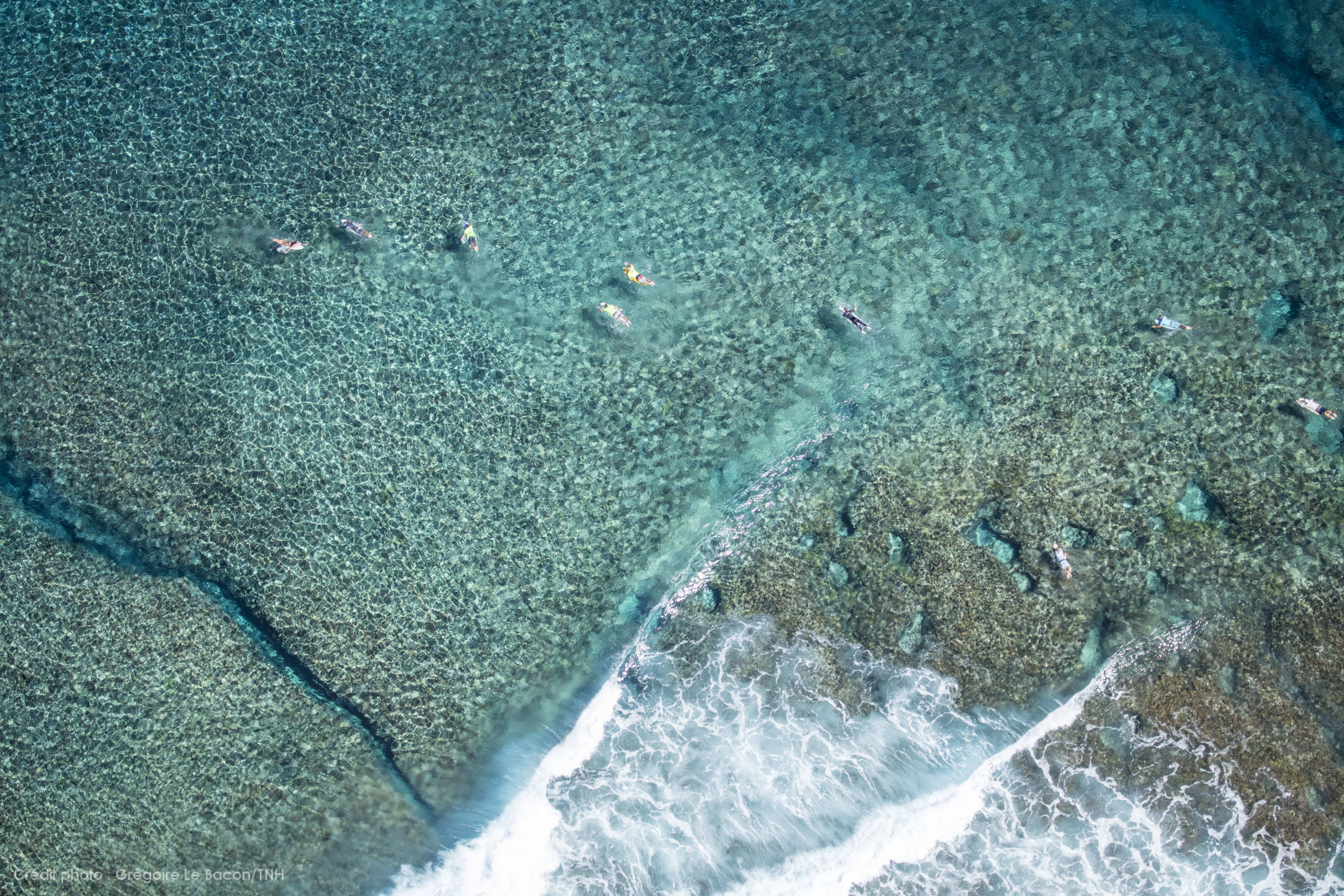
All in all, the Polynesian climate makes this a destination to visit at any time of year, no matter what you plan to do during your stay, unless you want to watch the humpback whales, which are only present from July to November. Weather aside, if it's your budget you're worried about, then as with any other destination, you should opt for the off-season.
So, if you've finally decided on a date for your trip to French Polynesia, perhaps now is the time to find out how to get to and around the various Polynesian archipelagos! And if you're lucky enough to be taking off on your honeymoon, why not take a look at this romantic guide to a successful honeymoon in Bora Bora?